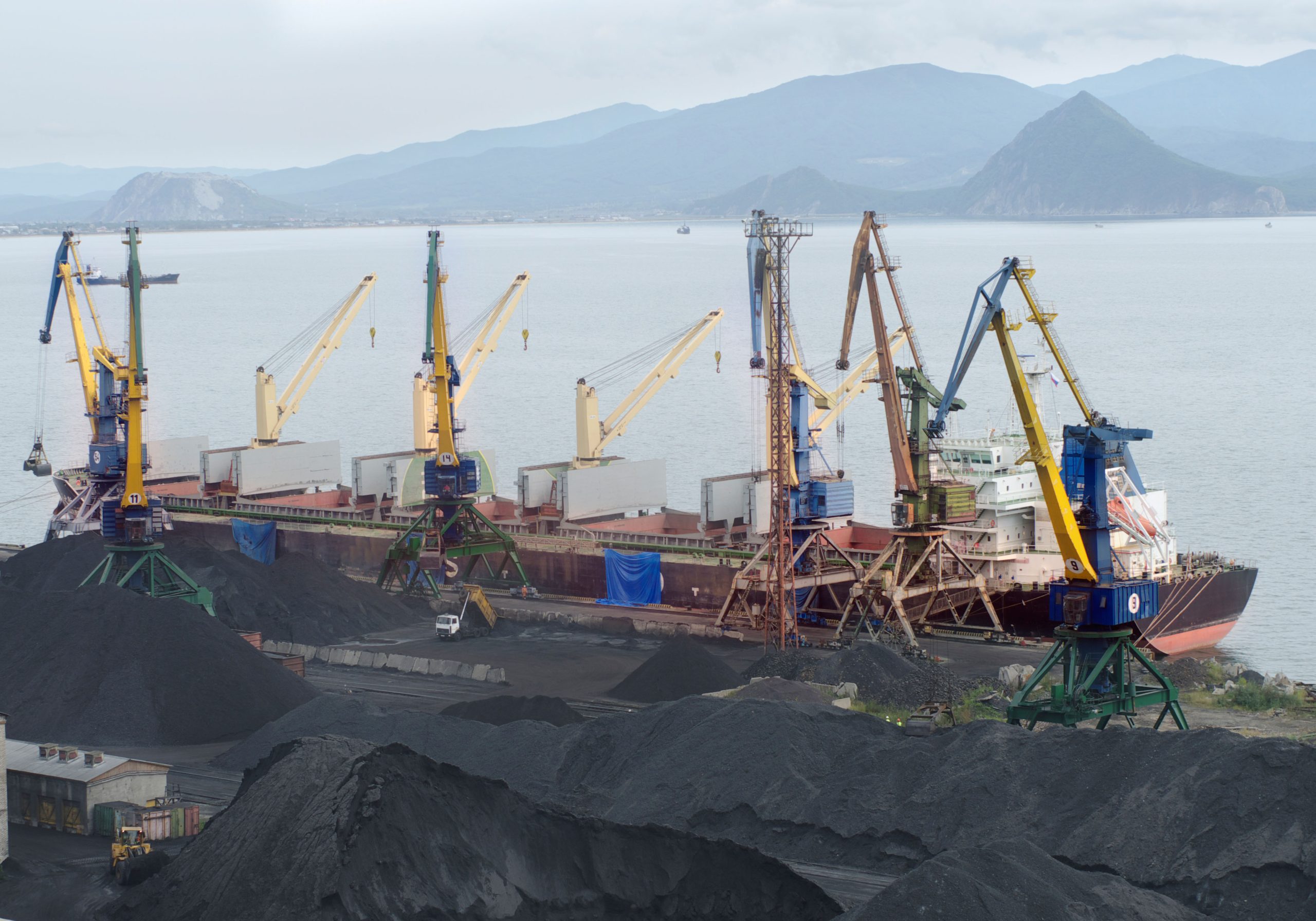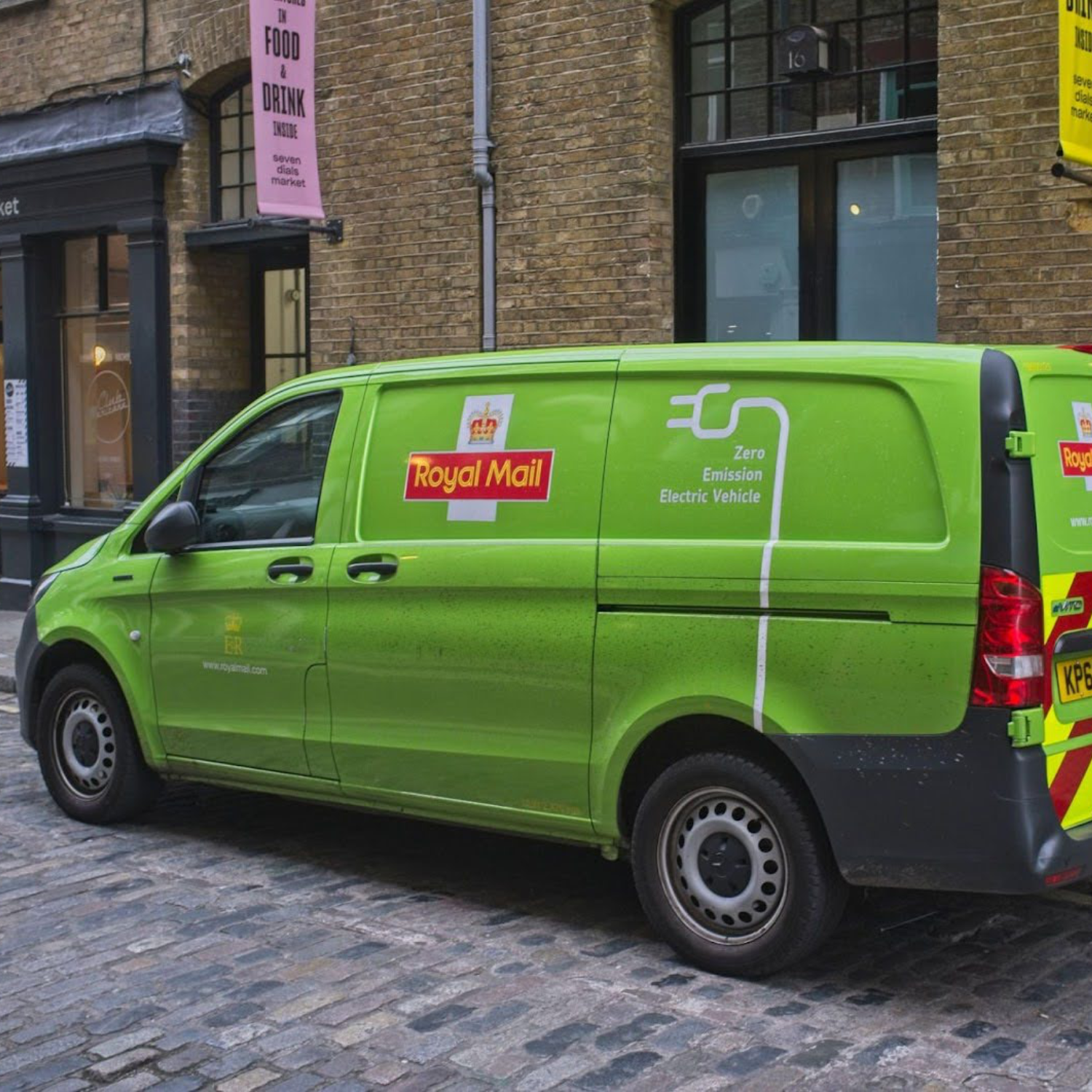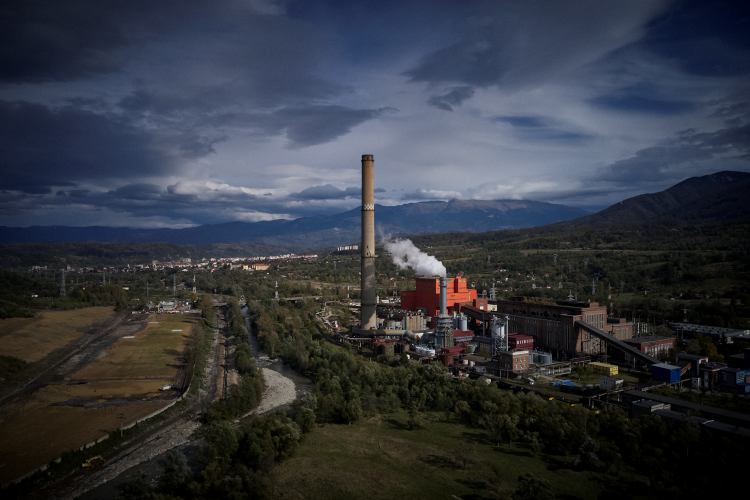
Russia
Russia’s electricity transition is yet to begin, with almost no progress in two decades
Anchor point: Overview
Highlights
Russia generated 36% of its electricity from clean sources, below the global average of 39%.
In 2023, Russia relied on fossil fuels for 64% of its electricity, ranking as the world’s fourth largest power sector emitter. Its per capita emissions were almost double the global average.
Russia generated over a third of its electricity from low-carbon sources in 2023, with 18% from nuclear and 17% from hydro. Its share of wind and solar (0.46%) is significantly below the global average of 13%.
Russia’s power sector emissions have slightly increased over the last two decades, as modest demand growth was predominantly met by rising fossil gas generation. In comparison, other mature economies in the OECD have seen power sector emissions peak in 2007 and fall 28% since then.
Russia has not yet set an official renewables target, while the IEA’s Net Zero Emissions scenario sets out a global target of 60% renewable electricity by 2030.
Anchor point: Data
Anchor point: Insights
Latest insights



